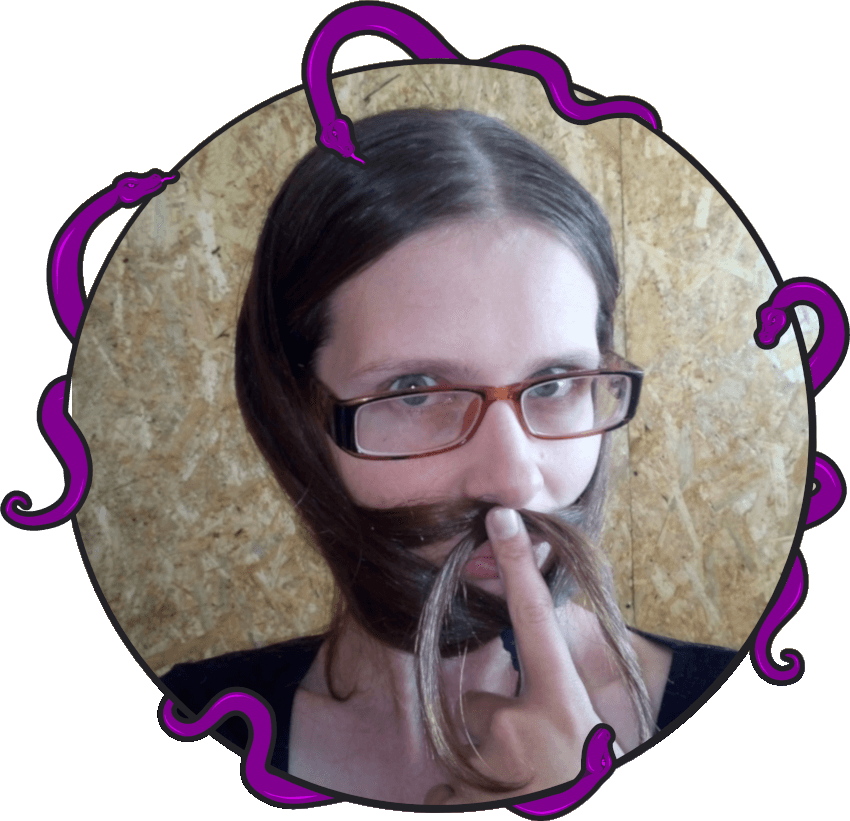The mythsterhood loves exploring all forms of mythology: literature, art, games, even song. What brought us together was the love of a good myth. So in addition to our own dragon content, we wanted to pass on some modern myths to our listeners. In our Dragon Tails blog series, you’ll find reviews of stories collected from a variety of media.
Continuing our series, we get Anike’s take on The Last of Her Kind, by Mame Bougouma Diene published in the Urban Legend’s issue of Omenana Speculative Fiction Magazine, May 2019.
Summary of The Last of Her Kind
The Last of Her Kind begins in first-person point-of-view with the main character, Mzintlava, reflecting on the past and present, dwelling in self-woe and nostalgia, and her loneliness in hiding within the water of her river. She is not human, but the ancient being is one with the ecosystem within it. And she longs for a meal.
She soon hunts and is reinvigorated, exploring her river until she comes to that of her sister’s where she decides to look upon the surface world again. In doing so, she has revealed herself to the humans. She is hunted by them. But she makes her final stand.
The story concludes with a report from a different character on the aftermath of the encounter, with the ancient being revealed to us in detail. A bitter end from the perspective of humans trivialising the death of such a majestic creature.
Mythology
The story is based on the Zulu legend of a goddess of the rivers, called Mamlambo. This creature could be classified as a dragon due to the description of her physique, as well as a type of hippocampus (https://en.wikipedia.org/wiki/Hippocampus_(mythology)), though those are more Latin-world centric creatures than dragons.
The Mamlambo, also called “The Brain Sucker”, is a great reptilian creature of around 20 metres in length with a lizard/crocodile body, long neck, and horse-like face.
Discussion
The style of the prose is very poetic, focusing greatly on the emotional complexity of such an ancient creature who had seen much in her time. The waxing and waning of the past and present reflections echoed the river in which Mzintlava resides, giving the story a fluid atmosphere. It brings the reader into her world and easily forms a connection of empathy for and with her.
Mzintlava’s character is deeply developed, as though she were a human. Which, considering the reveal in the story on how humans came to be, makes it perfectly fit. Diene’s use of mystery served to enhance the present scenes rather than leave the creature’s identity as a distraction to the reader, allowing us to build Mzintlava in our minds as one of us rather than an unfamiliar entity. This technique greatly reminds me of Kafka’s employment in his short story titled “Metamorphosis” in which the delivery humanised the character. Though, in contrast to Kafka, Diene makes the humanising aspect a part of the world which creates a deeper immersion into this reality.
The addition of the reporter’s scene as the ending brought home a feeling of separation, as though Mzintlava was more human in that moment than the reporter. This served excellently for a disassociation effect that further solidified Mzintlava’s character as real.
Conclusion
Thoroughly a lovely, albeit sad, tale embedded within Zulu culture. As a South African, it pleases me greatly to see African works take their place among the more widely known European dragons in contemporary SFF literature. I found the blend of mythological retelling and modern storytelling soothing and engaging, almost like I was a child hearing this legend from an elder relative. Diene’s writing packs the emotion and grit one would hear with oral storytelling and it translates well across text. I wasn’t reading it, I was hearing it being told. And it leaves a sense of wonder that carries in my thoughts whenever I look upon a river.
Before I read The Last Of Her Kind, I’d not heard of the legend of mamlambo so this intrigued me. Not only for discovering a new entity within South Africa’s largest culture but also for discovering African dragons right here in my home country.

Anike Kirsten
Anike lives in the dead centre of South africa, an area called the Bo-Karoo, where she looks for spiders for fun. She is a writer, illustrator, mother, wife, and nerd-geek hybrid. Anike enjoys all forms of science fiction, fantasy, and horror. Well, almost all forms. Not romance. And loves stories from her home country. She is also one of the Mythster voices who may or may not go off the rails about something or another.

Be First to Comment